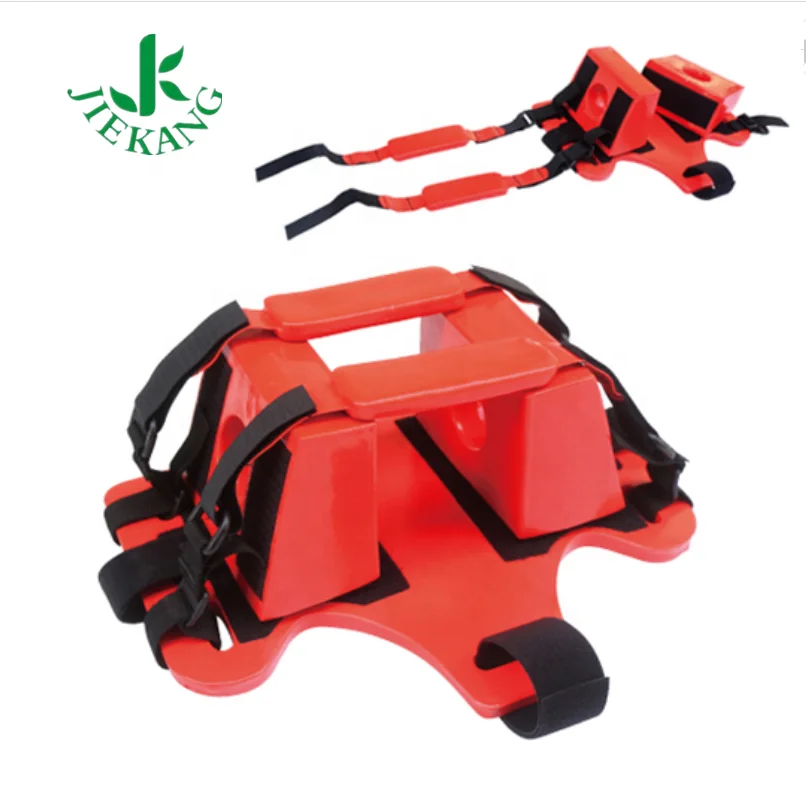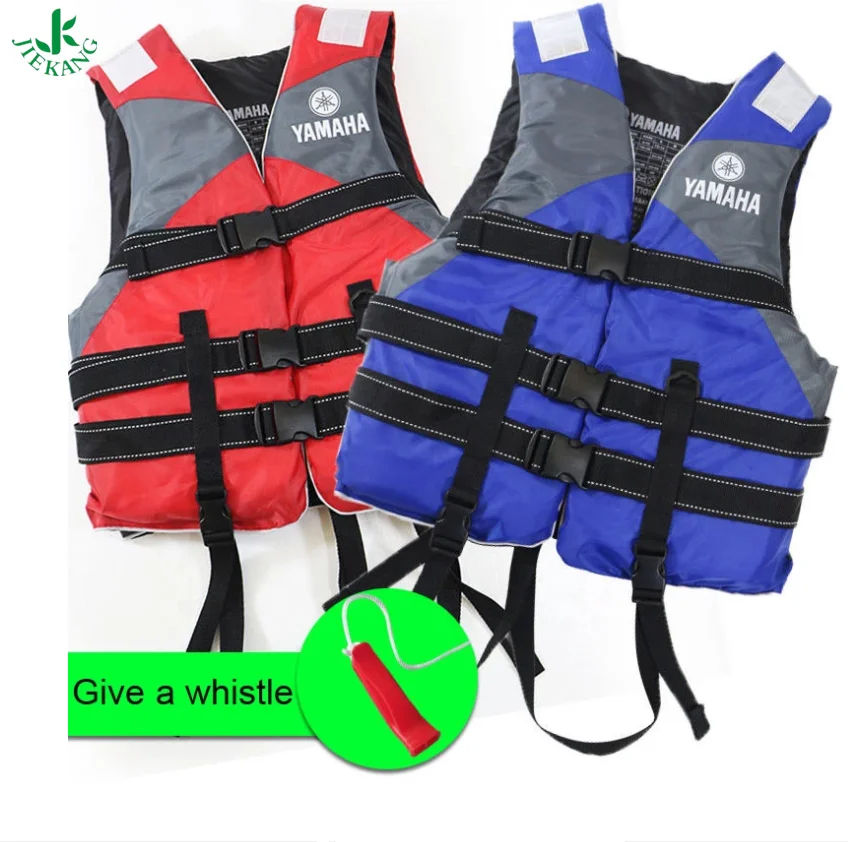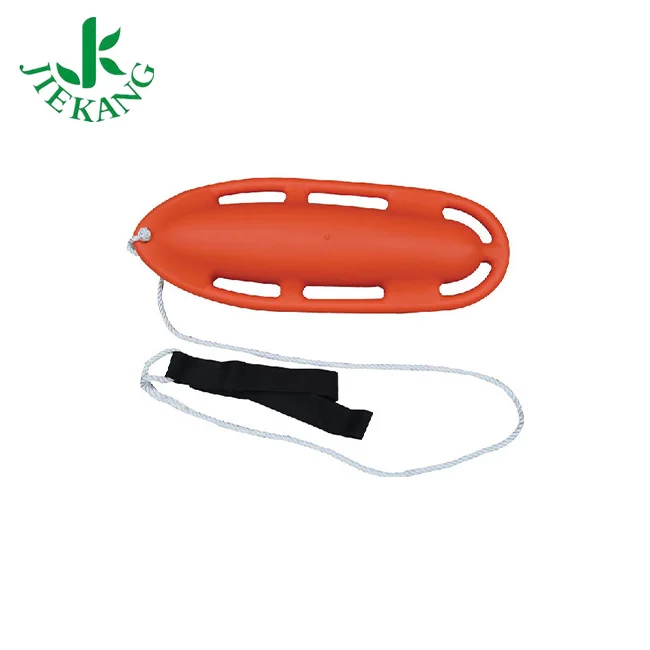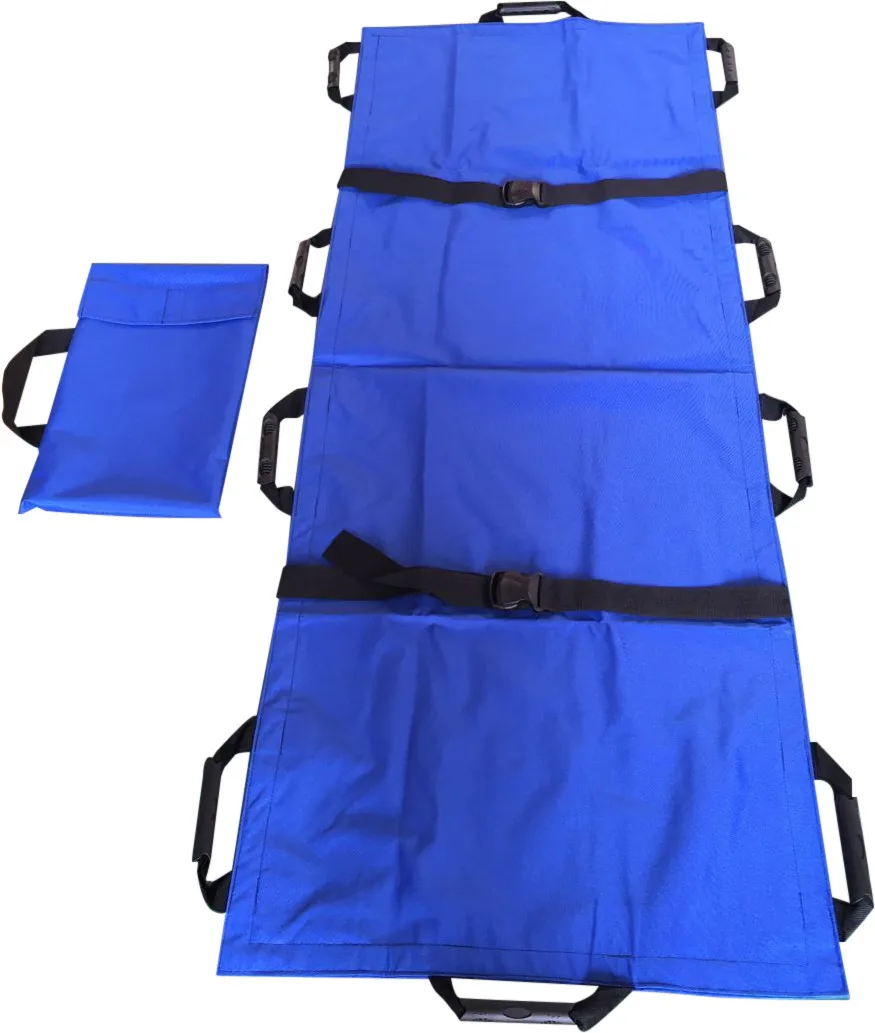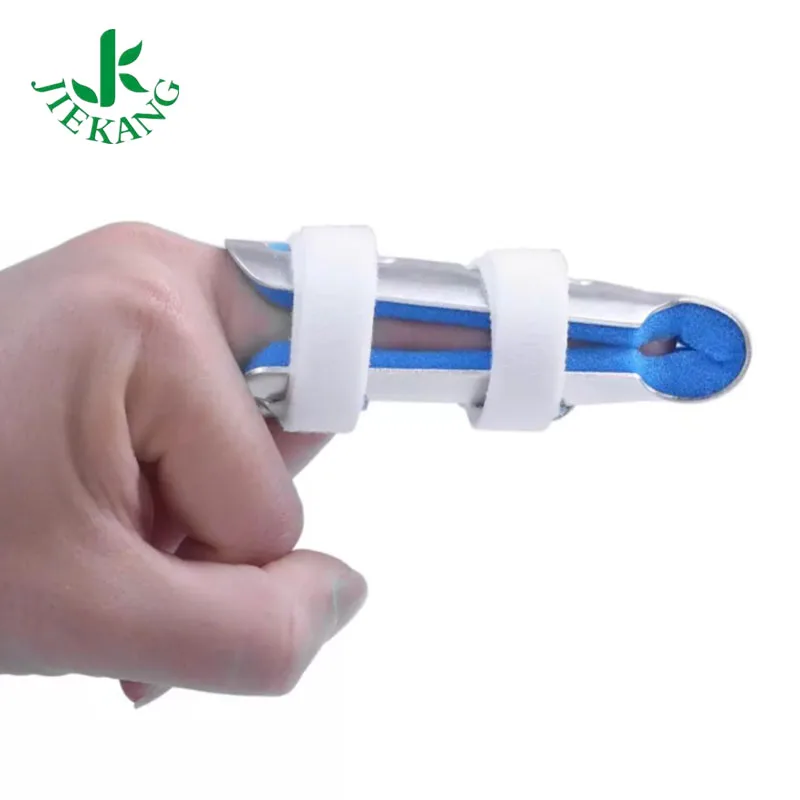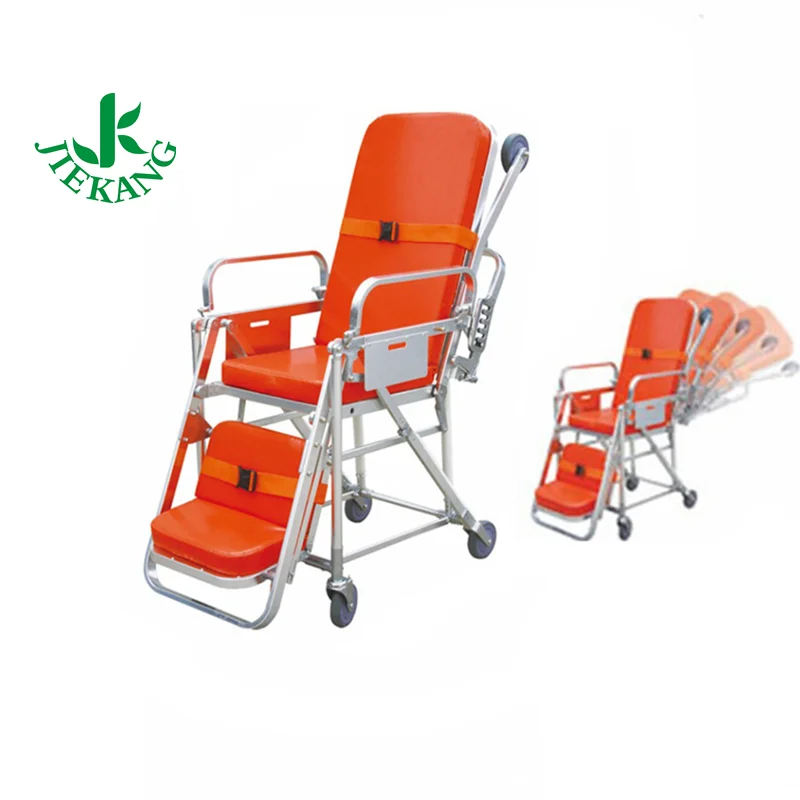Portable Stretcher
A typical emergency involves driving an ambulance to the site and carrying the casualty. Emergencies are different. Some are complicated and require specialized cots like portable stretchers.
Today we’ll explore some rescues where you’ll need a portable stretcher.
A portable stretcher is beneficial when you have to walk while carrying it. You can also use portable stretchers in rescues where the traditional ambulance stretcher can’t fit. Rescues from confined places and search and rescue emergencies are examples of rescues where you’ll need a portable stretcher.
Now, let’s discuss these situations in detail.
1.Rescue from Confined Spaces
Confined spaces present significant challenges because of the limited space that characterizes these rescues.
Rescuing in confined spaces typically falls into the no-entry and entry rescues.
No-Entry Rescues
This type of rescue is the preferred choice in any confined space rescue because it places fewer people in danger. Delicate confined spaces could collapse when strained.
No-entry rescue involves carrying the portable stretcher to the site, tying a rope, and sliding it to the casualty. The casualty gets onto the stretcher, and the rescue team pulls them to safety.
The basket stretcher is the most suitable for this mission. It has several features that make it suitable for confined spaces, and these include:
A stainless steel frame. This frame gives the basket stretcher the strength required to absorb impact during the rescue process. The internal frame also allows you to drag the stretcher during the rescue process.
An HDPE outer shell enhances the basket stretcher’s robustness. This outer shell will not wear easily, allowing you to perform multiple confined space rescues.
Start-load attachment points that allow you to tie a rope to the stretcher and drag the casualty to safety.
A replaceable foam mattress for the casualty’s comfort during the rescue. The foam mattress is cleanable and replaceable to prevent cross infections.
Self-rescues are only possible if the casualty can get onto a stretcher without assistance.
Entry Rescues
These rescues involve the paramedics getting into the confined space and helping the casualty to get out. These are the most dangerous types of rescue from confined spaces since you’ll have to enter the space to rescue the trapped individual.
Some of the stretchers you could use for this process include:
The basket stretcher
Neil Robertson stretcher
Folding stretcher
Scoop stretcher
Confined spaces can be deceiving. These spaces often look harmless, but they are full of hazards. If a rescuer isn’t careful, they could end up requiring rescuing as well.
Follow these steps when going to perform an entry rescue:
Step 1: Survey the area. You’ll need an in-depth knowledge of the confined space’s parameters if you’re to rescue your casualty in good time. Surveying the space will help you determine the rescue stretcher you need. It will also guide you in generating a rescue technique.
If the patient is conscious and can talk, communicate with them and establish the conditions around the space. Find out the extent of their injuries, so you go in well prepared.
Step 2: Wear a body harness. Confined spaces are small and may only have room for one rescuer. If this is the case, you’ll have to attach yourself to the patient and the stretcher before being pulled out. Attach a strong rope to the harness and have your colleagues hold it as you enter the space. The rope will be helpful if they need to pull you and the casualty out.
Step 3: Enter the space. Be careful as you enter the zone so you don’t disturb any loose matter that could collapse and seal the area. Attach the stretcher to your harness, so you don’t have to carry it as you lower yourself. If you need other equipment like splints or bandages, secure them in the stretcher as shown below:
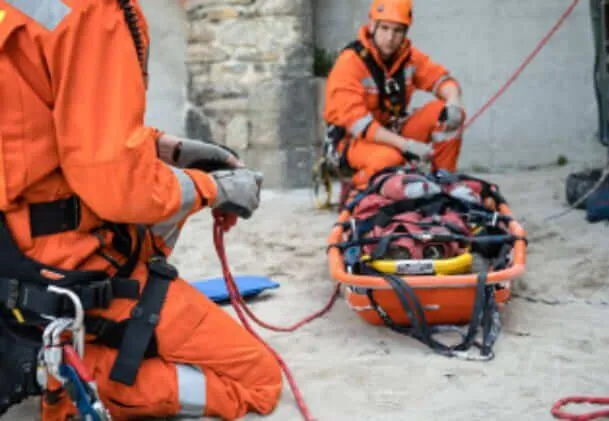
Step 4: Help your patient get onto the stretcher. Since these rescues are risky, you want to spend the least time there. Once the patient gets on the portable basket or Neil Robertson stretcher, secure them using the safety belts. Next, signal the team outside to pull them to safety.
Step 5: Get out of the space. Follow the stretcher close behind, so you can help maneuver it when needed. Ensure you maintain continuous communication with the team outside. Coordinate your exit moves with them.
2.Search and Rescue Missions
Search and rescue missions typically involve searching for the casualty location over a wide area. It also means you may have to walk for some time before finding your patient. Ground rescues and technical rope rescues are examples of search and rescue missions.
Ground Search and Rescue
Ground rescues involve searching for casualties in distress in waterways or on land. Sometimes, the casualty may have a phone and direct you to their location. Other times they may not have any communication gadgets, and you may need to search over a wide area to find them.
Some search missions may involve the police with search and rescue dogs to help trail the casualty. Once you locate the patient, they may need first aid before getting onto the stretcher and moving them to safety.
The paramedics below are rescuing a casualty after a ground search and rescue mission:
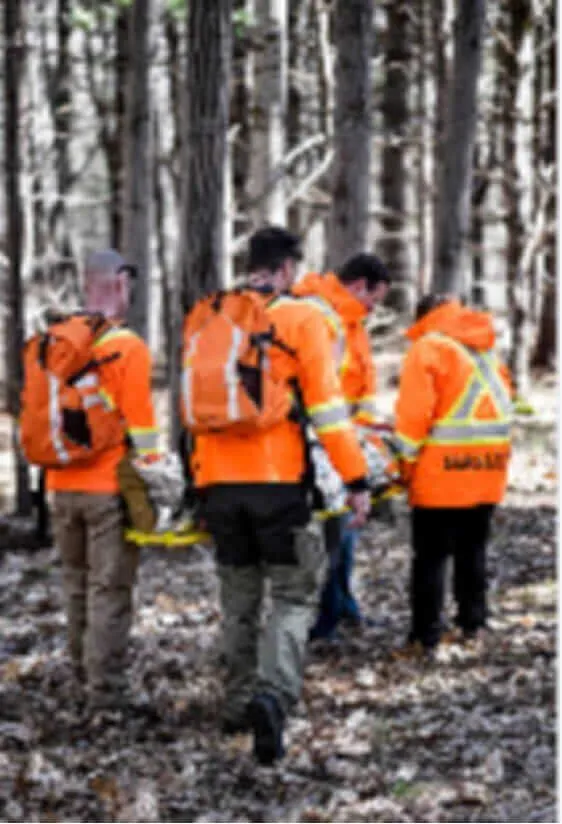
The basket and folding stretchers are the most suitable for this rescue type. You could also use a scoop stretcher if the patient has broken bones.
Technical Rope Rescues
This rescue type is performed in areas that are a challenge to access. For example, you’ll use this rescue technique when rescuing a casualty from a mountainside or cliff edge like the image below shows:
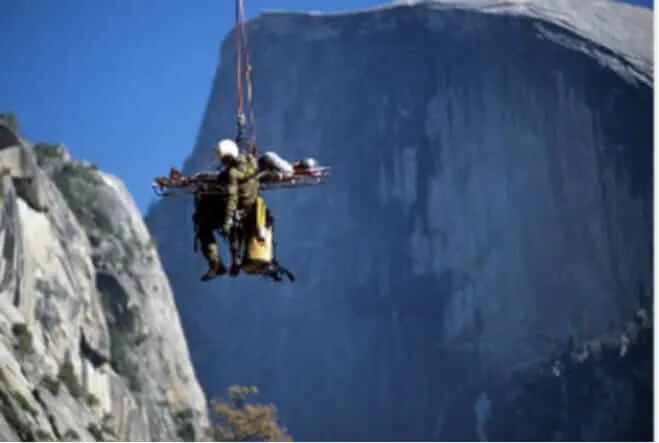
This technique involves using ropes similar to those hikers use for rock climbing. The patient on the stretcher is secured to these ropes. They then slide downwards to safety.
3.Bottom Line
A portable stretcher is helpful in rescues that involve walking. You’ll have to carry it to the site. Once you place the patient on the stretcher, you’ll have to carry or drag the stretcher to safety. Rescue in confined spaces and search and rescue missions are best suited for portable stretchers.
4.Frequently Asked Questions
What are some examples of portable stretchers?
Portable stretchers include the basket, folding, and Neil Robertson stretcher. Their distinguishing feature is that they are lightweight and can be carried by one person to the site.
Which portable stretcher is suitable for cave rescue?
A basket stretcher. A cave rescue provides little space for maneuverability. You may have to drag the patient out. The basket stretcher is suitable because it is made from sturdy materials that can withstand pulling over a rough surface.
Which stretcher is best for lifting a casualty upwards from a confined space?
The Neil Robertson stretcher. This stretcher wraps around the casualty and secures them tightly so you can lift or lower them to safety.

 EN
EN
 AR
AR
 NL
NL
 FI
FI
 FR
FR
 DE
DE
 IT
IT
 PT
PT
 RU
RU
 ES
ES
 TL
TL
 ID
ID
 SR
SR
 VI
VI
 HU
HU
 TH
TH
 TR
TR
 BN
BN
 LO
LO
 LA
LA
 NE
NE
 MY
MY
 KK
KK

